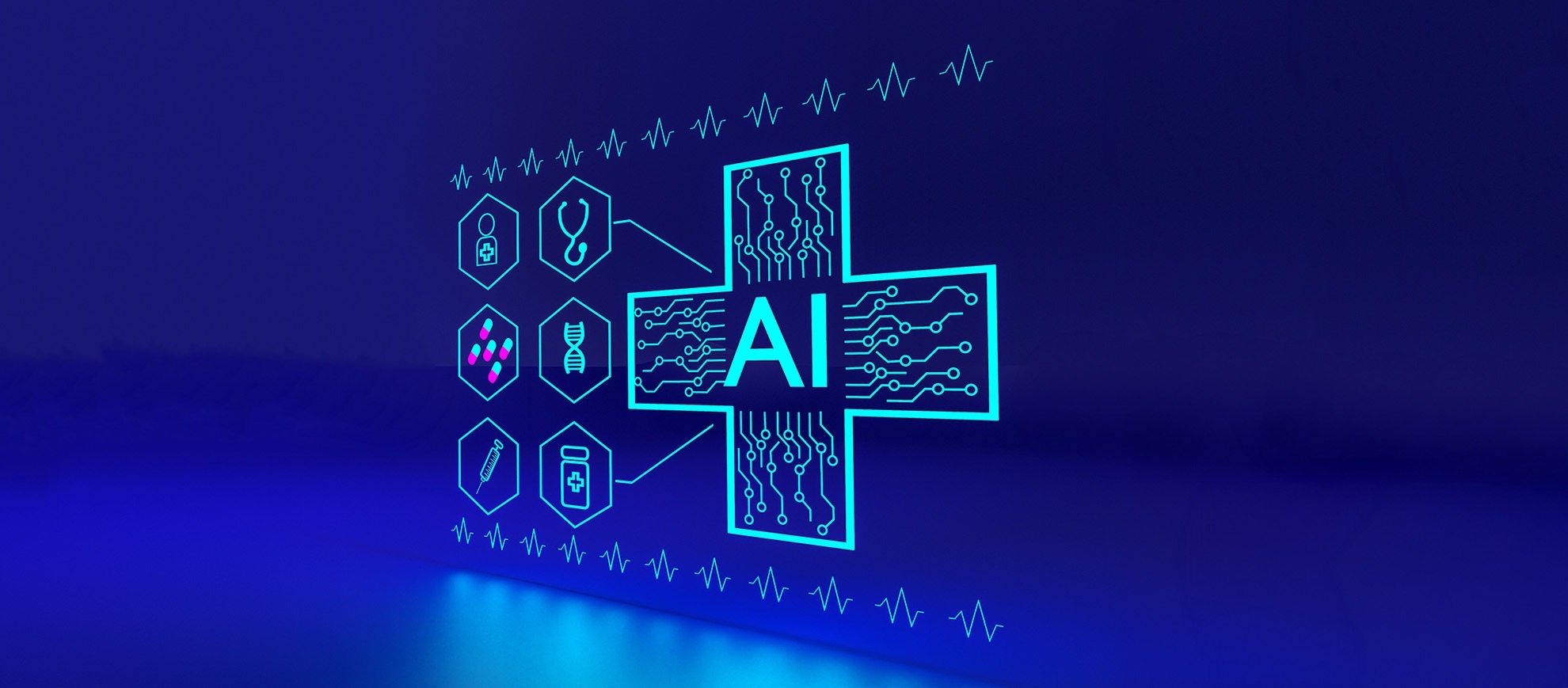AI Machine Learning can help find the antibiotic needle in the haystack.
In February 2020, as SARS-CoV-2 was just beginning its rampage around the world, a paper published in the journal Cell quietly launched a new era in antimicrobial drug development.
The paper, titled A Deep Learning Approach to Antibiotic Discovery, described how scientists had trained a deep neural network – a form of machine learning – to learn the structure of molecules that were known to inhibit the growth of the bacteria Escherichia coli, and then used it to screen a library of more than 107 million different molecules for any that might do the same thing.
The end result was the world’s first AI-discovered antimicrobial; a molecule that was, at the time, being investigated as a possible treatment for diabetes, and is now showing promise against a range of disease-causing bacteria, even some that are resistant to existing antibiotics.
Halicin – as it was renamed – is the first AI-discovered antimicrobial, but it certainly won’t be the last. As the global and growing problem of antimicrobial resistance threatens to eclipse every health crisis humanity has ever experienced, researchers are looking to artificial intelligence to help unblock the antimicrobial development pipeline.
The problem isn’t a shortage of potential candidates. If anything, it’s the opposite.
The world of ‘omics’ – genomics, metabolomics, transcriptomics and proteomics – has delivered an unprecedented wealth of data on every aspect of bacterial cell function. It’s a veritable gold mine of potential targets for new antimicrobial molecules.
At the same time, vast libraries of molecules exist; ones that have been discovered in nature, ones that have been developed in laboratories, or even ones that exist only in theory in a computer – in silico. For example, the Chemistry Center for Combating Antibiotic-Resistant Bacteria in the US is building a free library of molecules and chemical scaffolds for molecule design specifically to target gram-negative bacteria, which are the cause of most antimicrobial resistant infections.
The challenge for drug development is matching the right molecule to the right target.
“
We have billions of candidates, so we need a computational method.
Luis Pedro Coelho
AI’s computational firepower
What AI brings to this challenge is sheer computing power, says Associate Professor Luis Pedro Coelho, a computational biologist at the Queensland University of Technology. Coelho’s interest is hunting for peptides – short proteins – in huge repositories of genes and proteins from the global microbiome; bacteria discovered in locations ranging from a marsupial intestine to the Great Barrier Reef.
“We have billions of candidates, so we need a computational method,” Prof Coelho says. These peptides are of particular interest in the antimicrobial space because they interact with the bacterial membrane in such a way that it makes it much harder for the bacteria to become resistant than is the case for inorganic molecules such as halicin.
The machine learning model that delivered halicin was capable of screening more than a hundred million molecules in just days, metaphorically examining each molecule to determine whether it had that unique structure and combination of features that might interact with the bacterial target.
That computational approach to antibiotic discovery and development is evolving rapidly, in tandem with the evolution and accumulation of multi-omics data, says Professor Jiangning Song, a bioinformatician at Monash University’s Biomedicine Discovery Institute. “The issue is that our ability, our capacity in interpreting, analysing or discovering something out of this sequencing data is lagging behind,” Prof Song says. “That’s where AI can come in and play a significant pivotal role.”
AI can learn, then build
At the moment, the focus is largely on machine learning approaches, where algorithms are trained on datasets of molecules whose antimicrobial activity – or lack of – is already characterised, so the algorithm ‘learns’ the often-subtle molecular signatures that are associated with antimicrobial potential. It then screens libraries of candidates and scores them for their potential, then humans take over and apply more conventional methods to winnow that list down to a subset for laboratory and pre-clinical testing.
The discovery of halicin is one example of this. Another is Prof Coelho’s work which used a machine-learning approach to screen a database of 860,000 peptides and identify a short-list of antimicrobial candidates, 63 of which were found in laboratory studies to target disease-causing pathogens. At CSIRO, the AI4AMR initiative is working to develop new AI methodologies, and pair those with curated datasets of candidate molecules, to help speed up the process of getting new antimicrobials into preclinical testing.
Prof Song says there’s also growing interest in using generative AI, which learns like deep neural networks, but uses that learning to design new molecules rather than screen existing ones.
“We are going to see that there will be more applications of generative AI being deployed to predict, guide, accelerate the discovery or even the design of antibiotics in the next few years,” Prof Song says.
While AI brings computational firepower, it still has to reckon with the same issues that human biochemists do. One of those is limitations of data. Despite the vast libraries of data on bacteria and molecules, machine learning algorithms can only learn from what humans already know, Prof Coelho says. “We are going to be missing things that are completely novel,” he says. A recent WHO report on the antimicrobial pipeline also drew attention to this, pointing out that of the 32 antibiotics currently under development to target priority bacteria, only 12 were considered ‘innovative’.
But with such a pressing need to identify potential new antimicrobials, Prof Song sees AI as playing a vital role. “In terms of achieving breakthroughs, it’s really a game changer.”
Bianca Nogrady is an award-winning science journalist whose reporting on science, health and the environment.

